Powerful conservation tech tools are gathering more data in the field than ever before. But without equally powerful and effective data management and processing tools, that data - no matter how groundbreaking or interesting - will not be able to reach its full potential for impact.
Data management can sometimes seem intimidating to conservationists, especially those just getting started in the world of conservation tech or experimenting with new data collection methods. While every community member's workflow and preferred data management and processing methods may be different, this group can serve as a resource to explore what works for others, share your own advice, and develop new strategies together.
Below are a few WILDLABS events dealing with datasets collected from various conservation tech tools:
Nicole Flores: How do I get started with Wildlife Insights?
Jamie Macaulay: How do I analyse large acoustic datasets using PAMGuard?
Sarah Davidson: Tools for Bio-logging Data in Conservation
Whatever conservation tech tools you work with, and whatever your preferred data management methods, we hope you'll find something helpful and effective in this group when you become a member!
No showcases have been added to this group yet.
- @biepamike
- | He/Him
A software engineer and science geek, actively involved in a local environmental protection group.
- 0 Resources
- 0 Discussions
- 1 Groups
- 0 Resources
- 0 Discussions
- 4 Groups
- @annavallery
- | she/her
Seabird biologist experienced in research and applied conservation. Dedicated to conducting and using innovative research to inform conservation decisions.

- 0 Resources
- 3 Discussions
- 7 Groups
WILDLABS & Wildlife Conservation Society (WCS)
I'm the Bioacoustics Research Analyst at WILDLABS. I'm a marine biologist with particular interest in the acoustics behavior of cetaceans. I'm also a backend web developer, hoping to use technology to improve wildlife conservation efforts.




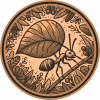
- 41 Resources
- 38 Discussions
- 33 Groups
- @ginevrabellini
- | She/her
I am an ecologist by training and at the moment I work as community manager at the WiNoDa Knowledge Lab of the Museum für Naturkunde Berlin. As a data competence center, we offer free educational resources for researchers working with natural science collections and biodiversity

- 4 Resources
- 2 Discussions
- 5 Groups
- @TaliaSpeaker
- | She/her
WILDLABS & World Wide Fund for Nature/ World Wildlife Fund (WWF)
I'm the Executive Manager of WILDLABS at WWF



- 23 Resources
- 64 Discussions
- 31 Groups
Eddy Nnanga is a fisheries engineer specializing in the governance and management of Marine Protected Areas. An expert in biodiversity conservation, ecological monitoring, project management, and community engagement, he mobilizes funding and builds networks.
- 0 Resources
- 0 Discussions
- 4 Groups
Ocean Science Analytics
Marine mammal ecologist and online technical trainer



- 1 Resources
- 41 Discussions
- 10 Groups
- @Frank_van_der_Most
- | He, him
RubberBootsData
Field data app developer, with an interest in funding and finance





- 57 Resources
- 188 Discussions
- 9 Groups
- 0 Resources
- 0 Discussions
- 10 Groups
Student at Texas A&M. Electronic hobbyist, audiomoth user
- 0 Resources
- 0 Discussions
- 5 Groups
- 0 Resources
- 0 Discussions
- 2 Groups
If you're a Post-Doctoral Fellow, a PhD student, or a member of the research staff interested in applying your computational skills to support active research publications, please read on to learn about the Cross-...
5 August 2025
Really liked this article on dataset evaluation and how we can move towards a more standardized and inter-operable nature data space.
5 August 2025
Article
Everything you need on the IUCN Red list is now accessible from R, outputted as tibble to facilitate data query, analysis, and visualization.
20 July 2025
Funding
2025 Ebbe Nielsen Challenge seeks innovations for open biodiversity data
17 July 2025
Link
Firetail now features a fresh account over at Bluesky - follow us for updates on animal tracking, bio-logging and, of course, upcoming releases and features!
26 June 2025
In this case, you’ll explore how the BoutScout project is improving avian behavioural research through deep learning—without relying on images or video. By combining dataloggers, open-source hardware, and a powerful...
24 June 2025
Careers
Rewilding Europe is seeking a Business Intelligence Analyst to support measuring rewilding impact through data automation, dashboards, and cross-domain analysis.
3 June 2025
HawkEars is a deep learning model designed specifically to recognize the calls of 328 Canadian bird species and 13 amphibians.
13 May 2025
Hi together, I am working on detecting causalities between land surface dynamics and animal movement by using satellite-based earth observation data. As this is might be your expertise I kindly ask for your support...
8 May 2025
The Convention on the Conservation of Migratory Species (CMS) is seeking information on existing databases relevant for animal movement. If you know of a database that should be included, please complete the survey to...
30 April 2025
Conservation International is proud to announce the launch of the Nature Tech for Biodiversity Sector Map, developed in partnership with the Nature Tech Collective!
1 April 2025
Funding
I have been a bit distracted the past months by my move from Costa Rica to Spain ( all went well, thank you, I just miss the rain forest and the Ticos ) and have to catch up on funding calls. Because I still have little...
28 March 2025
Drone Photogrammetry & GIS Intermediate Course

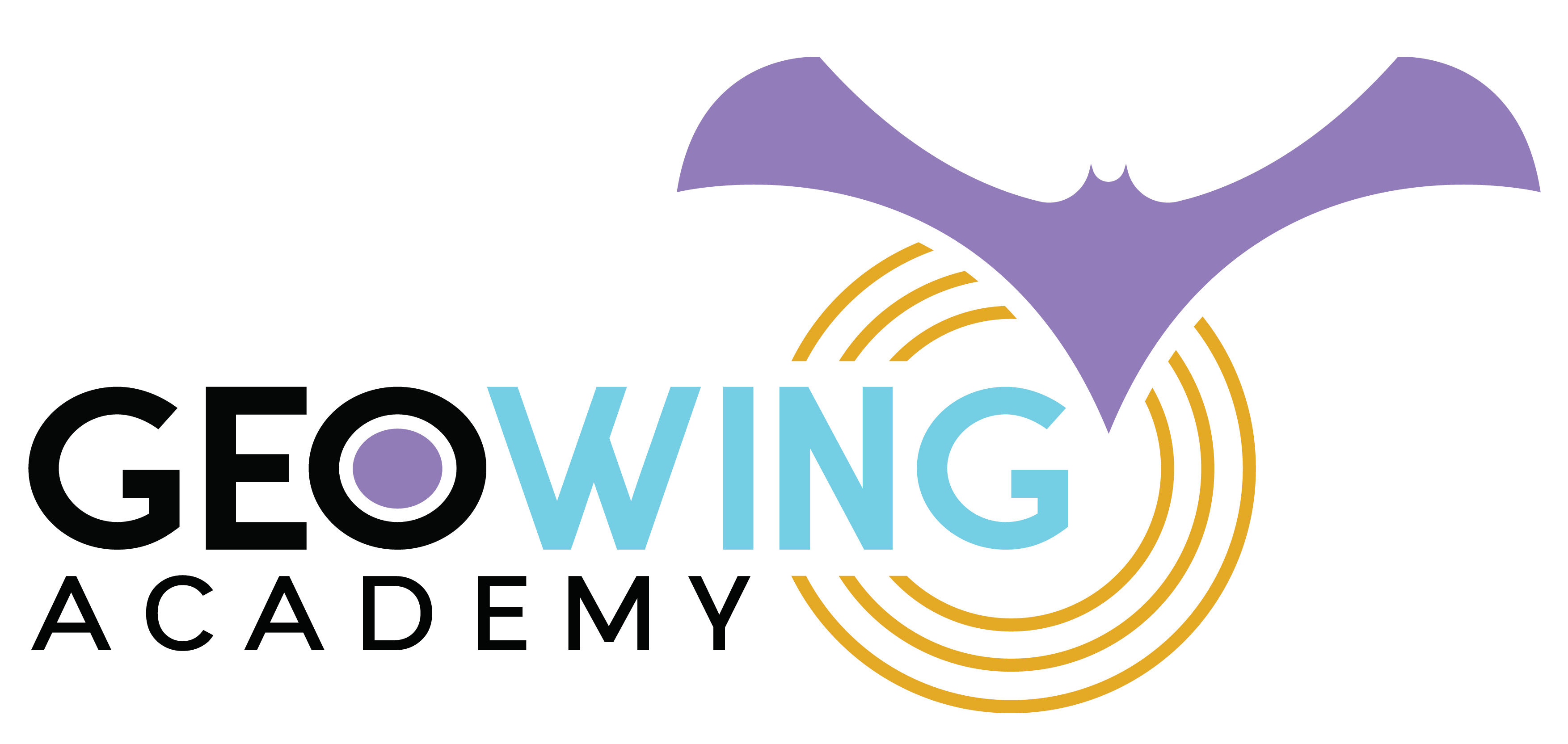
Drone Photogrammetry & GIS Intermediate Course
Drone Photogrammetry & GIS Intermediate Course
Drone Photogrammetry & GIS Advanced Course


Drone Photogrammetry & GIS Advanced Course
Drone Photogrammetry & GIS Advanced Course
August 2025
October 2025
event
event
November 2025
event
August 2025
event
July 2025
event
June 2025
event
event
87 Products
Recently updated products
| Description | Activity | Replies | Groups | Updated |
|---|---|---|---|---|
| Thanks so much!! |
|
Acoustics, AI for Conservation, Animal Movement, Camera Traps, Community Base, Data management and processing tools, Drones, eDNA & Genomics, Emerging Tech, Open Source Solutions, Geospatial, Software Development | 2 years 10 months ago | |
| Hi there Camilo, What an interesting project! If you are looking for a lower cost, but effective tools for acoustic monitoring you might want to look into two options: ... |
|
Acoustics, AI for Conservation, Data management and processing tools, Sensors, Software Development, Latin America Community | 2 years 10 months ago | |
| Hello. I am a PhD candidate at Penn State University. I submitted a post to this group back in March and I am resubmitting... |
|
Community Base, Data management and processing tools, Geospatial, Wildlife Crime | 2 years 11 months ago | |
| @Ann_Wambui , Qgis and ArcGis Desktop are stand alone apps that are useful in coming up with geojson files and/or shapefiles that store the location, shape, and attributes of... |
|
Data management and processing tools, East Africa Community, Protected Area Management Tools | 3 years ago | |
| @gracieermi & I are happy to announce the latest update to the Conservation Tech Directory, bringing our total resources in the... |
|
Acoustics, AI for Conservation, Animal Movement, Camera Traps, Community Base, Data management and processing tools, Drones, eDNA & Genomics, Geospatial, Software Development | 3 years 1 month ago | |
| Hi everyone, We're excited to welcome Nicole Flores to Tech Tutors to walk us through getting started with Wildlife Insights! ... |
|
AI for Conservation, Camera Traps, Data management and processing tools | 4 years ago | |
| Hi all, We're excited to welcome Siyu Yang to Tech Tutors to chat about getting started with Megadetector! For all you AI... |
|
AI for Conservation, Camera Traps, Data management and processing tools | 4 years ago | |
| The GBIF backbone taxonomy is composed of Catalogue of Life, ITIS, the Red List and dozens of other checklists. It's just been updated again, but this blogpost from a 2019... |
+12
|
Data management and processing tools | 4 years 4 months ago | |
| Dan's comments about the need for technologists and conservationists to manage and share (properly annotated) data struck a chord with me, it was right at the end of the... |
|
AI for Conservation, Data management and processing tools | 4 years 6 months ago | |
| Hi all, For anyone still looking, the recording is and notes from this event are available here. Talia |
|
Data management and processing tools | 6 years ago | |
| Oh very interesting, thanks for sharing, Ben. Are your or your team presenting at all, or are you going to soak in all the information? Easy link for anyone interested:... |
|
Data management and processing tools | 6 years 11 months ago | |
| BirdLife International are conducting a global audit of biodiversity monitoring to identify gaps in data, coverage and capacity in long-... |
|
Data management and processing tools | 6 years 11 months ago |
Tracking Individual Whales in 360-degree Videos
28 July 2025 1:22am
8 August 2025 4:40pm
Have you tried using Insta360's DeepTrack feature on your Studio desktop app? We have used it for similar use cases and it worked well. I would love to hear if it works for your science objectives. We are also experimenting and would love to know your thoughts. :) https://youtu.be/z8WKtdPCL_E?t=123
9 August 2025 12:44am
Hi @CourtneyShuert
We support NOAA with AI for individual ID for belugas (but from aerial and from lateral surface too). If some of our techniques can be cross-applied please reach out: jason at wildme dot org
Cheers,
Jason
Free online tool to analyze wildlife images
4 August 2025 8:01am
8 August 2025 5:23pm
Hello Eugene, I just tried your service: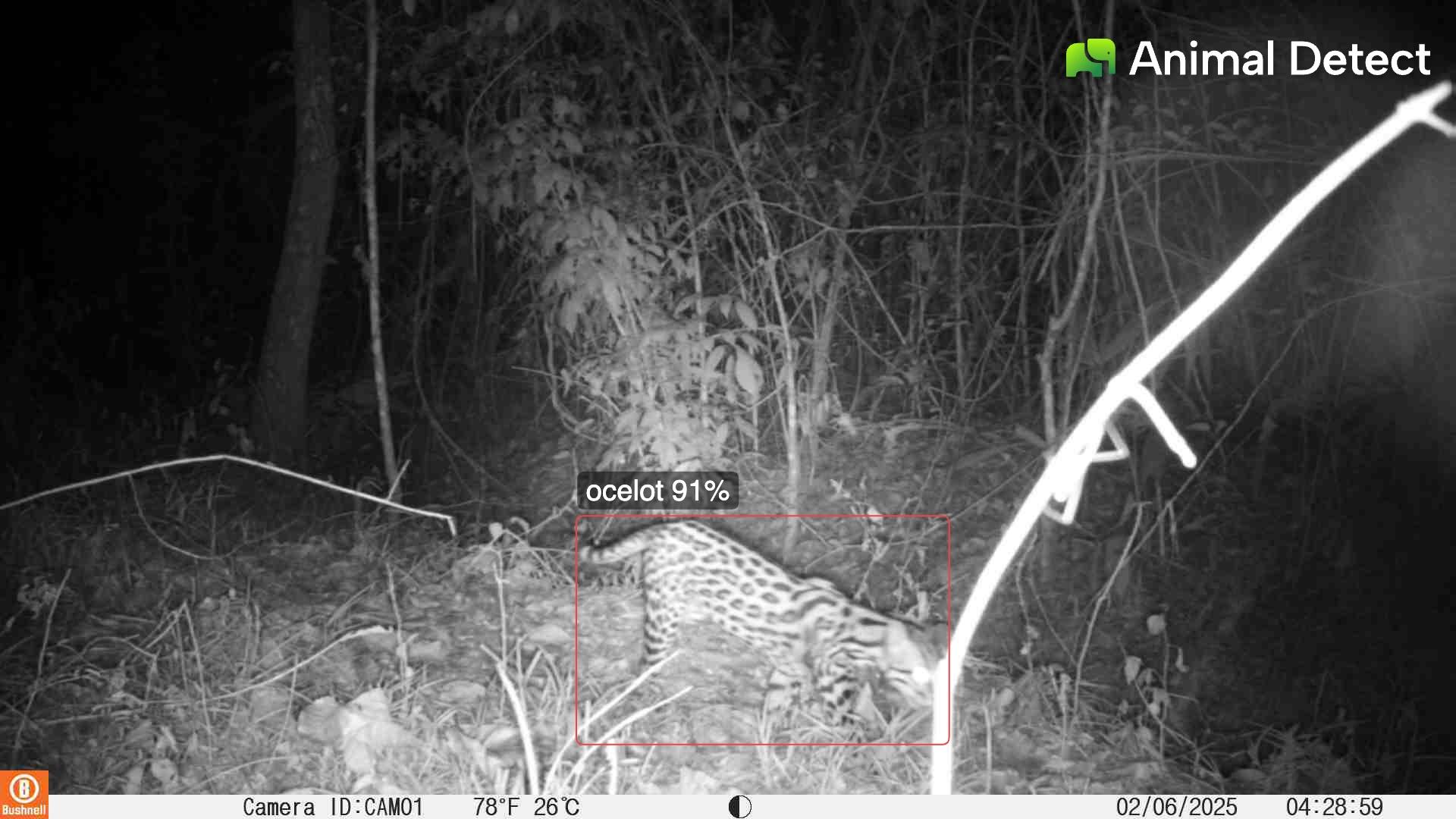
Was wondering how possible will it be to have the option to upload a second image and have a comparison running to let the user know if body patterns are: 'same' or 'different', helping to identify individuals.
Thanks and kind regards from Colombia,
Alejo
Collaborate on Conservation Tech Publications With HAAG
5 August 2025 11:46pm
Article on nature data evaluation from Cecil
5 August 2025 6:56pm
How do you tackle the anomalous data during the COVID period when doing analysis?
21 July 2025 8:55am
25 July 2025 3:06pm
To clarify, are you talking about a model that carries out automated detection of vocalizations? or a model that detects specific patterns of behavior/movement? I would suspect that the former is not something that may be impacted while training as the fundamental vocalizations/input is not going to change drastically (although see Derryberry et al., where they show variation in spectral characteristics of sparrows at short distance pre and post-covid lockdowns).
28 July 2025 6:14pm
I'm specifically referring to movement of animals affected by anthropogenic factors. My question has nothing to do with vocalisations.
Humans were essentially removed from large sections of the world during covid and that surely had some effects on wildlife movements, or at least I am assuming it did. But that would not be the regular "trend". If I try to predict the movement of a species over an area frequented by humans, that surely comes into the picture - and so does their absence.
My question is very specific to dealing with data that has absence (or limited interference) of humans during the covid period in all habitats.
1 August 2025 10:24pm
You could just throw out that data, but I think you'd be doing yourself a disservice and missing out on some interesting insights. Are you training the AI with just pre-COVID animal movement data or are you including context on anthropogenic factors as well? Not sure if you are looking at an area that has available visitor/human population data, but if you include that with animal movement data across all years it should net out in the end.
Behavioral logging from video
12 July 2024 6:01pm
29 July 2024 2:29pm
Hadn't heard of CowLog, thanks Rob!
31 July 2025 7:26pm
Hi Kyler,
Did you find anything suitable?
Best,
Melissa
1 August 2025 2:35pm
Do you thinks an AI could do that ?
Data management & QA/QC guidelines?
31 July 2025 10:43pm
Jupyter Notebook: Aquatic Computer Vision
25 January 2024 5:50am
27 January 2024 4:07am
This definitely seems like the community to do it. I was looking at the thread about wolf detection and it seems like people here are no strangers to image classification. A little overwhelming to be quite honest 😂
While it would be incredible to have a powerful model that was capable of auto-classifying everything right away and storing all the detected creatures & correlated sensor data straight into a database - I wonder if in remote cases where power (and therefore cpu bandwidth), data storage, and network connectivity is at a premium if it would be more valuable to just be able to highlight moments of interest for lab analysis later? OR if you do you have cellular connection, you could download just those moments of interest and not hours and hours of footage?
27 January 2024 6:11am
Am working on similar AI challenge at the moment. Hoping to translate my workflow to wolves in future if needed.
We all are little overstretched but it there is no pressing deadlines, it should be possible to explore building efficient model for object detection and looking at suitable hardware for running these model on the edge.
28 July 2025 1:20pm
Wow this is amazing! This is how we integrate Biology and Information Technology.
IUCN Red list R client.
20 July 2025 11:19pm
2025 Ebbe Nielsen Challenge
17 July 2025 2:34pm
Training Course in Installation, Use and Maintenance of DHIS 2
14 July 2025 10:22am
Advanced Data Collection and Management with REDCap
11 July 2025 7:26am
GBIF: Conectando datos abiertos de biodiversidad con conocimiento y acción
 Vanesa Reyes
and 1 more
Vanesa Reyes
and 1 more
10 July 2025 8:32pm
Training Course in Mobile Data Collection using KoboToolbox
9 July 2025 9:41am
What Can Camera Traps Data Tell Us? (Besides the Obvious)
22 May 2025 10:24pm
16 June 2025 2:28pm
A related publication that might be of interest, with the Norwegian Arctic Fox monitoring program we used camera trap time series to study phenological plasticity in arctic fox moulting, specifically the transition from winter to summer coat. We were looking at how this process responds to environmental variation, such as the length of the snow season and temperature fluctuations (e.g., colder years with prolonged snow cover vs. earlier snowmelt and warmer winters). This builds on similar ideas of extracting phenological and climatic insights from camera trap data. :)
Here's a link to the publication "A camera trap-based assessment of climate-driven phenotypic plasticity of seasonal moulting in an endangered carnivore" https://doi.org/10.1002/rse2.304
18 June 2025 12:27pm
Great! thank you @Lucie_LprtDvldr !
7 July 2025 9:46am
Here is a nice review on the use of camera traps in various ecological contexts:
https://onlinelibrary.wiley.com/doi/toc/10.1002/(ISSN)2045-7758.ecological-insights 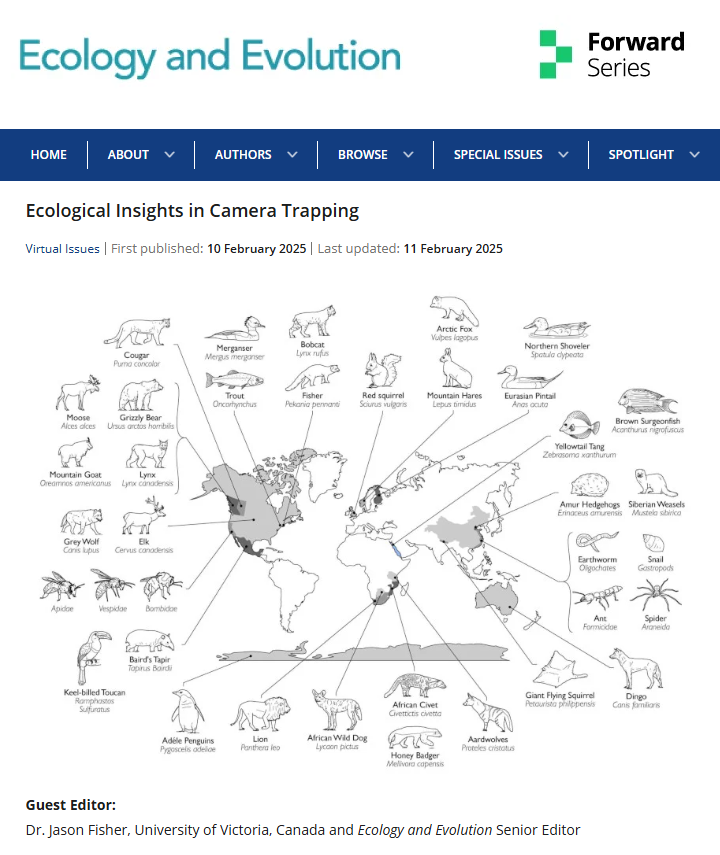
Training Course in Mobile Data Collection Using ODK
3 July 2025 9:39am
Off-The-Shelf Drones & Open Source GIS Software for Dam Site Surveying?
15 April 2025 3:57pm
Firetail on Bluesky
26 June 2025 1:44pm
Drone Photogrammetry & GIS Advanced Course
 Sean Hill
and 1 more
Sean Hill
and 1 more
24 June 2025 9:31am
Drone Photogrammetry & GIS Intermediate Course
 Sean Hill
and 1 more
Sean Hill
and 1 more
24 June 2025 9:31am
BoutScout – Beyond AI for Images, Detecting Avian Behaviour with Sensors
24 June 2025 1:46am
ICCB 2025 – Let’s Connect!
9 March 2025 5:06am
16 June 2025 8:33am
Hey Stephanie,
I have dropped you couple of links. I believe we also have a booth somewhere.
16 June 2025 8:41am
Hi Stephanie,
It’s great to hear about your exciting work and that you’ll be attending ICCB 2025 — congratulations on presenting!
The Savannah Tracking team is participating at the exhibition, and we’d love for you to stop by our booth 15.
Given your previous interest in collaring domestic dogs and collecting high-resolution GPS data, it might be a great opportunity for us to connect in person and dive deeper into how our lightweight collar solutions — like those currently deployed on Dingoes — could support your project. We'd be happy to show you how our satellite-enabled collars work, demo our data platforms, and explore a potential fit for your needs.
19 June 2025 7:34am
Thanks Fadhilla! I met with your colleague Henrick at the booth. :-)
Imageomics FuncaPalooza 2025
17 June 2025 6:21pm
Prototype for exploring camera trap data
20 January 2025 10:23pm
7 May 2025 10:49am
@Jeremy_ For the Python implementation of basic occupancy models (as suggested by @ollie_wearn ), please refer to these two projects:
I second @martijnB suggestion to use spatially explicit occupancy models (as implemented in R, e.g., https://doserlab.com/files/spoccupancy-web/). However, this would need to be added to both of the aforementioned Python projects.
17 May 2025 10:53am
Lively and informative discussion, I would very much like to contribute if there is some active development work with regards to this.
I have recent experience with using Model Context Protocol (MCP) to integrate various tools & data repositories with LLMs like Claude. I believe this could be a good idea/path whereby we can do the following:
1. use the images & labels along with any meta-data, chunk/index/store it in vector db
2. integrate with existing data sources available by exposing the data through MCP server
3. Use MCP friendly LLM clients (like Claude) to query, visualize and do other open-ended things leveraging the power of LLM and camera trap data from various sources.
Regards,
Ajay
13 June 2025 1:38pm
Hi Jeremy,
I am copying here a reply from Juliane Röder, who is not on the forum here:
The GFBio VAT tool seems to do all the desired analysing and visualising stuff - but it isn't specialized on camera trap data. Instead, it harvests GBIF, GFBio data centers, and environmental data that you can combine in any way you want: https://vat.gfbio.org/#/
Documentation with some example code and notebooks is here: https://docs.vat.gfbio.org
A standalone tool for camarea trap data and images is nice, but maybe joining forces and adding some functionality to the VAT tool to better handle camera trap data would be a more sustainable solution...?
The VAT tool can give you some simple statistics of the chosen data (e.g. occurences of wild cats in central Europe in winters 2000-2015), and some simple analyses (wild cat occurences and snow depth). It's focus is on geospatial analyses of occurrence data. They do not have any functionality specific for camera trap data - yet.
My point was, that if you want geospatial analyses and/or additional data to compare to camera trap data, you probably don't have to build a new tool.
I'm not involved with the development of the VAT tool, but I could help with the contact. I know the VAT team.
You can contact her on juliane.roeder@uni-marburg.de.
I did a quick exploration of the VAT tool. It is built quite differently, and my first impression is that it is less accessible; however, as you become more familiar with it, you discover a wide range of options to explore for DwcA occurrences.
I believe it is extremely valuable to also have a tool that works directly with the richest data (Camtrap DP), rather than relying on translated data (Darwin Core), where important details and data structure are lost.
I also think the goals of both tools are different: map-based analysis vs. exploration.
But still usefull to get to know about each other :-)
Free webinar: The Road Towards Predicting Sturgeon Migration
6 June 2025 1:14pm
Artificial Intelligence Meets Biodiversity Science: Mining Museum Labels
5 June 2025 4:37pm
Business Intelligence Analyst
3 June 2025 10:07am
WILDLABS AWARDS 2025 - Trapper Keeper - a scalable and energy-efficient open-source camera trap data infrastructure
30 May 2025 12:05pm
2 June 2025 10:24pm
Apply for Free Access to Nature FIRST Conference (innovative solutions for biodiversity monitoring and human-wildlife coexistence)
22 May 2025 2:37pm
28 May 2025 4:20pm
Nice!
Thought I'd mention that Wildlife Security Innovations will have a booth there, demonstrating our new multi-camera, local AI camera trap that supports miniature high resolution thermal modules. I will be bringing these along.
31 May 2025 4:21pm
Hi
This is great!
So just to double check - there is no way to join online? I would love to be part of this conference.
Thanks, Els van Lavieren
Application deadline for Animove, 31May2025
27 May 2025 10:24am


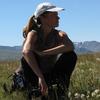



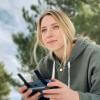



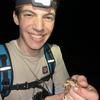












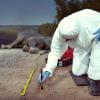

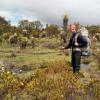


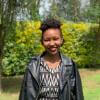




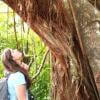



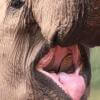


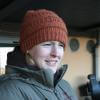




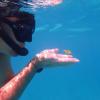









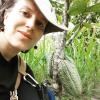

5 August 2025 5:20pm
Hey Courtney! I've just sent you an email about coming on Variety Hour to talk about your work :) Looking forward to hearing from you!